As the dust settled after another invigorating Money2020 there were a few companies who left a big impression. Like First who work with Diem and Celo.
When Coinbase’s representative participated in a panel hosted by Bloomberg at Money2020, the audience was asked “how many of you are thinking about integrating Bitcoin in to your business?” 30% of them put their hands up. Just one example of how mainstream cryptocurrencies are finally becoming.
Coinbase wasn’t the only company talking crypto at Money2020 though. More companies than ever were displaying an interest in a sector that keeps grabbing the headlines.
One of those companies was First, a payment infrastructure company founded by Ran Goldi. The company hasn’t yet hit international headlines (like Coinbase), but they are banking on a sector that many others may have overlooked, until recently.
Ran’s company, First, works with two leading platforms – Diem and Celo. Diem needs little introduction. Previously you may have come across it as Facebook’s Libra.
Celo, however, is a little less popular. It was founded back in 2017 and focuses on mobile users. In addition to basic payments, Celo can support the development of decentralized applications on its blockchain. One of the most commented on recently is their universal basic income project:
Without our knowledge, more than 20,000 people have benefited from UBI(Universal Basic Income) through @IPCTmarket built on @CeloOrg. We support this change. Find out more. https://t.co/Ct4NRjMTzk pic.twitter.com/iCr0UpZpTU
— Celo Daily 🔦 (@CeloDaily) September 25, 2021
The Celo platform is involved in projects from Kenya’s Maasai to ‘green’ bitcoins.
Marek Olszewski is the CTO of cLabs, which is not exactly the same as Celo. He is also often listed as a co-founder of Celo. But, cLabs, who he currently lists as his place of work on his online profile, is a member of the Alliance for Prosperity and part of the community working on Celo. cLabs’ built an open, decentralized platform, designed to support stablecoins and tokenized assets, which are optimized for mobile phones. Marek describes it as an “Ethereum Sidechain++”, Celo Euros and Celo Dollars have already been released with a whole bunch more ideas in process.
In the last few days, Celo tweeted that the total supply of Celo’s $cUSD has surpassed $100 million. And, the Celo platform is currently registering over 800,000 transactions per day. Both these numbers are witness to the demand for what they are offering.
Sophisticated stuff, and Ran’s business idea is no less sophisticated.
The road to First and Crypto
Ran started programming when he was six years old. He also managed to found a StartUp at the age of 16. But, it was the time he spent in the Israeli Intelligence Services that left the biggest impact on him:
“I was drafted to intelligence, where I spent five years because I loved it. It allows you to play with amazing technology and meet amazing people.”
When you are an entrepreneur, matters can become serious. When you work in intelligence in Israel, things can be much more serious. Ran shared how every week he faced requests like: “Okay, you have about three days to set up this system and it’s not life or death, but our lives depend on it.”
As soon as Ran left the military he headed straight back to the StartUp community. After his time in the military, he wasn’t shy about taking risks.
His seventh StartUp went better than the first six he had started. One wouldn’t think he’d been involved in so many businesses when you meet him, he certainly doesn’t look like he’s too scared by it all. Ran shared how during the time he ran his seventh StartUp: “we had tons of luck and a larger company acquired us, and then we went public in London.” After being in a public company for a few years, Ran regrouped and decided he wanted a change.
“I discovered the stock exchange when we took the company public and that fascinated me. And I decided I want to get into finance, into trading, and we started an algorithmic trading company.” Fast forward two years and Ran’s latest StartUp was acquired by a larger algorithmic trading company.
By now crypto was starting to gain serious traction. It was 2017. Ran was approached by an investor to setup a crypto / blockchain company and they raised $21 million to build First. Ran already saw the potential of blockchain technology back then and the company started to fly, reaching profitability and 70 employees within a few months of starting.
Then bitcoin and the rest of the cryptocurrencies crashed in the winter of 2017 and things became rather more challenging. Ran shared how it took a few years to escape the ‘Crypto winter’ as he calls it. Ultimately, the model for First had to be changed and Ran started to focus on stablecoins and CBDCs: “Stablecoins, CBDCs is not something that people will try to speculate on or will experience greed as they look at that currency.”
Ran believes that no one needs to be unbanked, especially with all the technology available out there. However, Ran also believes that “we’re all a victim of a lot of technology patches that were created over the years. And we are still paying for this heritage.”
Diem is effectively a payment system. With all the users on their various apps, banking on Facebook, or projects that Facebook is involved in, is hardly speculative. And might help move us all away from this legacy heritage stuff that is holding us back.
Mark Zuckerberg made all geeks cool
While Facebook itself might not be a Payment Service Provider (PSP), there are numerous transactions that take place through Facebook, Instagram and now even WhatsApp on a daily basis.
Mark Zuckerberg isn’t like Jamie Dimon or David Solomon though, he stopped making Annual Statements in 2019. Or annual goals, as they were actually called and included things like running a mile a day or reading a book every two weeks. Back in January 2020 Mark posted on Facebook: “Imagine if you could live anywhere you chose and access any job anywhere else.”
So, while Mark may not give Annual Statements or submit annual goals anymore, he is quite good at looking into the future. And he certainly seems to have a vision for the future.
Ran also has a vision for the future. A future without PSPs like IBM, Adyen or Stripe:
“My vision is for every merchant from around the world to be able to accept money without paying fees. For those merchants to run their businesses on a digital currency. So they can pay suppliers or employees worldwide faster, smoother and cheaper.”
While the news recently has been about Facebook changing its’ name, another story has emerged. The Tech Giant has officially launched their digital currency wallet Novi:
This isn’t small news people 🔥 https://t.co/XBNf6PoFzV
— Mike Novogratz (@novogratz) October 19, 2021
Ran’s plans are starting to take shape too. If only 1% of Facebook’s 3 billion+ users download the new wallet, Ran believes this will still be more than any other app offering cryptocurrencies.
Ran pointed to some of the key areas that Christian Catalini, Co-Founder of Diem is working on. And, in case you were unsure about who some of Diem Association Members are, here are just a few:
#DIEM association members, as we await the USD backed #stablecoin in collab w/ @silvergatebank & then EUR, GBP, and a combo@BetaMoroney @AkwyZ @dinisguarda @thomaspower @SpirosMargaris @pradeep @FintechBalerina @Xbond49 @linasbeliunas pic.twitter.com/2HcO6zdYgY
— Dr Efi Pylarinou (@efipm) June 23, 2021
Christian believes that when it comes to stablecoins, then “CBDCs are the gold standard”. In July Christian ran a workshop about stablecoins and Diem. He pointed out how far the U.S. was behind the UK and other G7 countries when it came to the percentage of the population who were unbanked. One area he focused on was how there was “unequal access” to banking in the U.S.
He also offered Diem as a solution:
“The Diem Reserve is designed to be phased out when a CBDC becomes available. Diem is the only stablecoin project that has publicly committed to phasing out its own token. Over time, Diem hopes to collaborate with central banks on the integration of the Diem payment system with CBDCs. This would reduce credit and custody risk, streamline the operations of the Reserve, and provide additional comfort to Diem Coin holders,” Christian explained.
“The other main reason why we’re really building Diem is that no stablecoins today really comply with high standards for consumer protection. Whether it’s the reserve design, [or] ensuring that the coin does not interfere with macroeconomic policy. Think about emerging markets and issues like dollarization. You need protections for that otherwise these coins will cause financial instability locally.” Christian’s workshop is worth a longer examination, as is his Twitter feed.
Recently, issues with Facebook have caused U.S. lawmakers to be cautious about Diem. Diem is always going to be linked to Facebook, making it a long-term project for any observer, and a bumpy ride as well. However, Ran is hopeful about the future of stablecoins in the U.S. The U.S. banking sector is still in need of innovation.
Diem, itself, is focussed on gaining acceptance in the U.S. market first, in the meantime other platforms are gaining popularity elsewhere. Ran’s First, then, is well poised to take advantage should Diem finally achieve it’s goals.
Looking beyond Diem to Celo.
While Decentralized Finance is definitely something on Ran’s radar, he doesn’t believe that acceptance of DeFi and cryptocurrencies is large enough to offer DeFi products and speculative digital assets today. Not to mention the lack of regulation around this sector.
“Identity solutions, or the lack of them, is part of what’s keeping digital assets as a means of payment out of many counties.”
Ran prefers to work with cryptocurrencies that are ‘stable’ and have the right regulatory framework in place. He points to recent successes of stablecoins in South Korea where Terraform and Anchor Protocol have jumped in popularity:
🌎 𝐓𝐞𝐫𝐫𝐚 🌏 $LUNA
— ✍ 𝐂𝐫𝐲𝐩𝐭𝐨 𝐅𝐮𝐧𝐝𝐚𝐦𝐞𝐧𝐭𝐚𝐥𝐬 📒 (@Jos12Olson) April 16, 2021
🌘 A blockchain developing algorithmic Stablecoins for payments
🌑 A DEFI protocol for their Stablecoins to be pegged to various fiat currencies
🌒Created by Terraform Labs & a conglomerate of 15 E-Commerce companies in Korea and Southeast Asia pic.twitter.com/F9pwdGTnv1
The Bank of Korea (BOK) has also been complimentary of stablecoins, acknowledging their ‘usefulness’ in a recent report:
“In the case of stablecoins, because these are designed to maintain their value stably thanks to their connection to legitimate currencies, there’s a high possibility for stablecoins to be used and to be efficient when it comes to money transfers between countries, payments in the virtual world and creation of an ecosystem that will be operational with cryptocurrencies as the base,” the BOK said in the report.
Ran foresees the popularity of either CBDCs or stablecoin projects to rise.
Last year #DisruptionBanking covered Akon’s Akon City project. Akoin, as a cryptocurrency, is to be the currency of choice there (in Senegal where Akon City is to be located), much as a stablecoin project would work elsewhere. It runs on Stellar, another payment platform or protocol. There are many other platforms, any of which can sustain a digital currency for countries in any part of the world. Like the Celo platform we mentioned at the start of the story. Or, one day, the Diem platform.
What is happening in markets like Mexico with MXN and Brazil with BRZ tokens were just some of the examples that Ran shared with us. All of these stablecoins are gaining popularity whilst being pegged to the local fiat currency.
However, Christian Catalini may have been shrewd in his forecasting how CBDCs will eventually replace stablecoins in many countries.
First’s solution
Getting back to the important matter of First’s solution and Ran’s vision for the future. We inevitably returned to the topic of PSPs and how their charges are still significant.
“First, I want to work with the largest merchants and the largest PSPs, and then we will make sure everyone hears about us,” Ran explained.
Ran shares how Cielo of Brazil is one of the companies that First could integrate with. Cielo recently released an update on their site informing “its shareholders and the market in general that the transfer transactions through the WhatsApp app, will be available, as of this date, to the users of the app.
“The solution is the result of joint work between Cielo, service provider, Visa do Brasil Empreendimentos Ltda and Mastercard, payment arrangement institutes, and Facebook, an authorized payment institution to act as initiator of payment transactions by the Central Bank of Brazil.”
The opportunity of working with just a few of the Brazilian PSPs is an ideal go to market strategy for First. The WhatsApp payment technology mentioned by Cielo is also something the traditional mobile sector is looking at. Deutsche Telekom have invested in Celo, whom we mentioned earlier, later launching ‘Celo-powered Mobile Pay Network’.
Apart from much lower fees due to the digital nature of the stablecoin, it also offers a much quicker payment process. And that’s just the start.
“Once merchants feel secure accepting stablecoins, then we want to move them over to run their entire, let’s call it ‘bank account’ or treasury with stablecoins.” Ran says that this is still somewhat in the future. There is more.
“We want to take the same 5% that the PSPs take from them [merchants], but put that on yield products,” Ran explains. “And then what will happen is they will generate enough yield to actually offset all the fees, and then that will bring us to the holy grail of what we want to do. Which is zero cost payments acceptance.”
By then DeFi may gain acceptance and become mainstream. As yields may not continue at the rate companies like BlockFi are offering them today. One thing is for sure, yields can certainly be higher than any company current account available on the market today.
Ran is banking on the future. And, the future could be 6 months or 3 years. In the meantime there will be further surprises and more innovation. So far, it appears that Ran’s vision is looking good. The future is already looking brighter for customers working with First and stablecoins.
Author: Andy Samu
#BankofKorea #Cielo #FirstDAG #Diem #Celo #PSP #DiemAssociation #StableCoin #CBDC #StartUp #Cryptocurrency #ZeroCostPayments #Yield #Merchants #Consumers
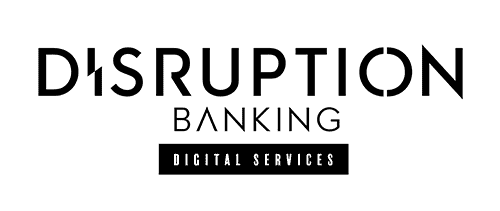

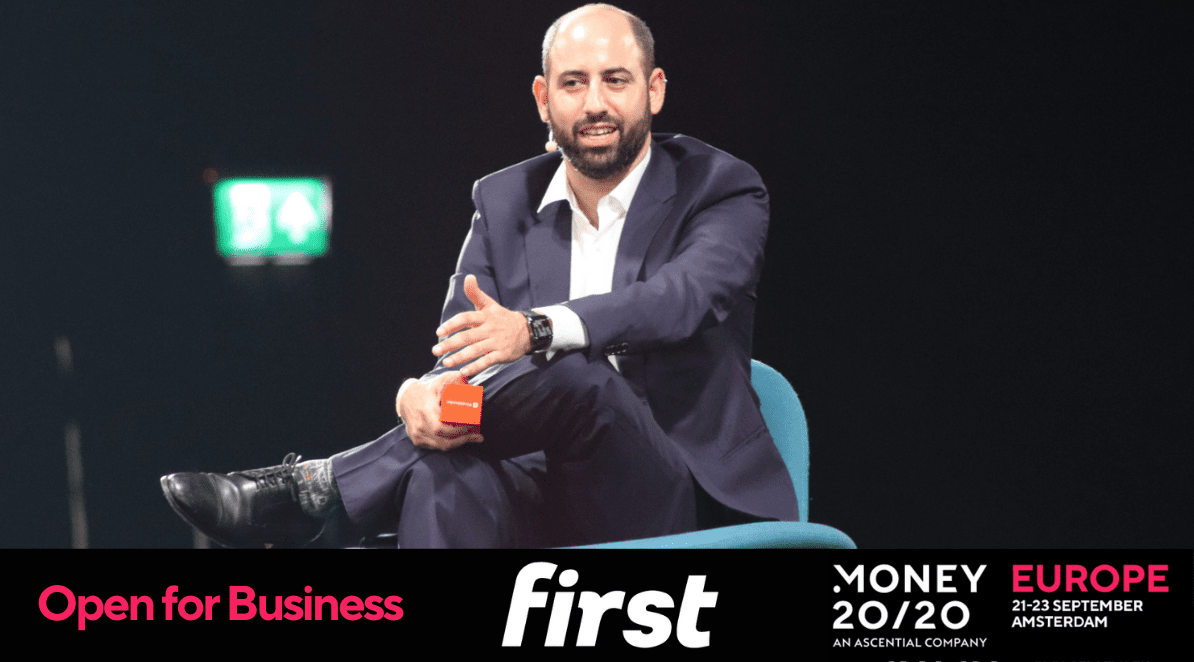
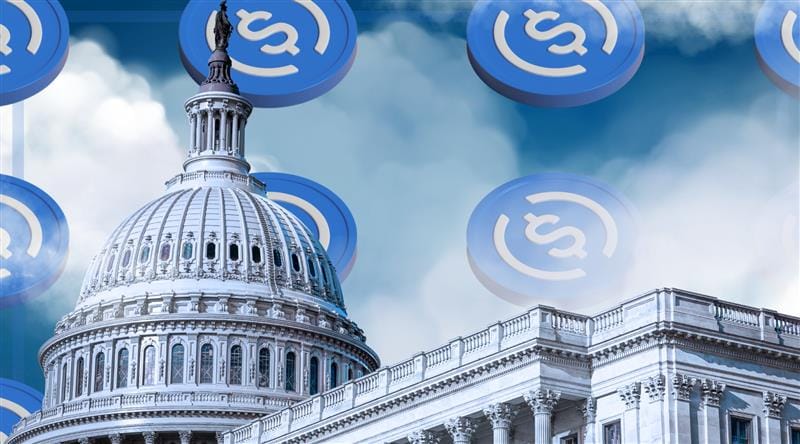


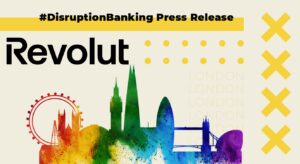

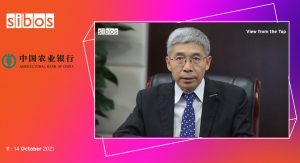

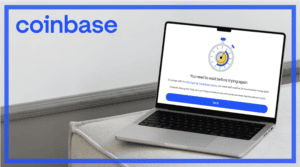
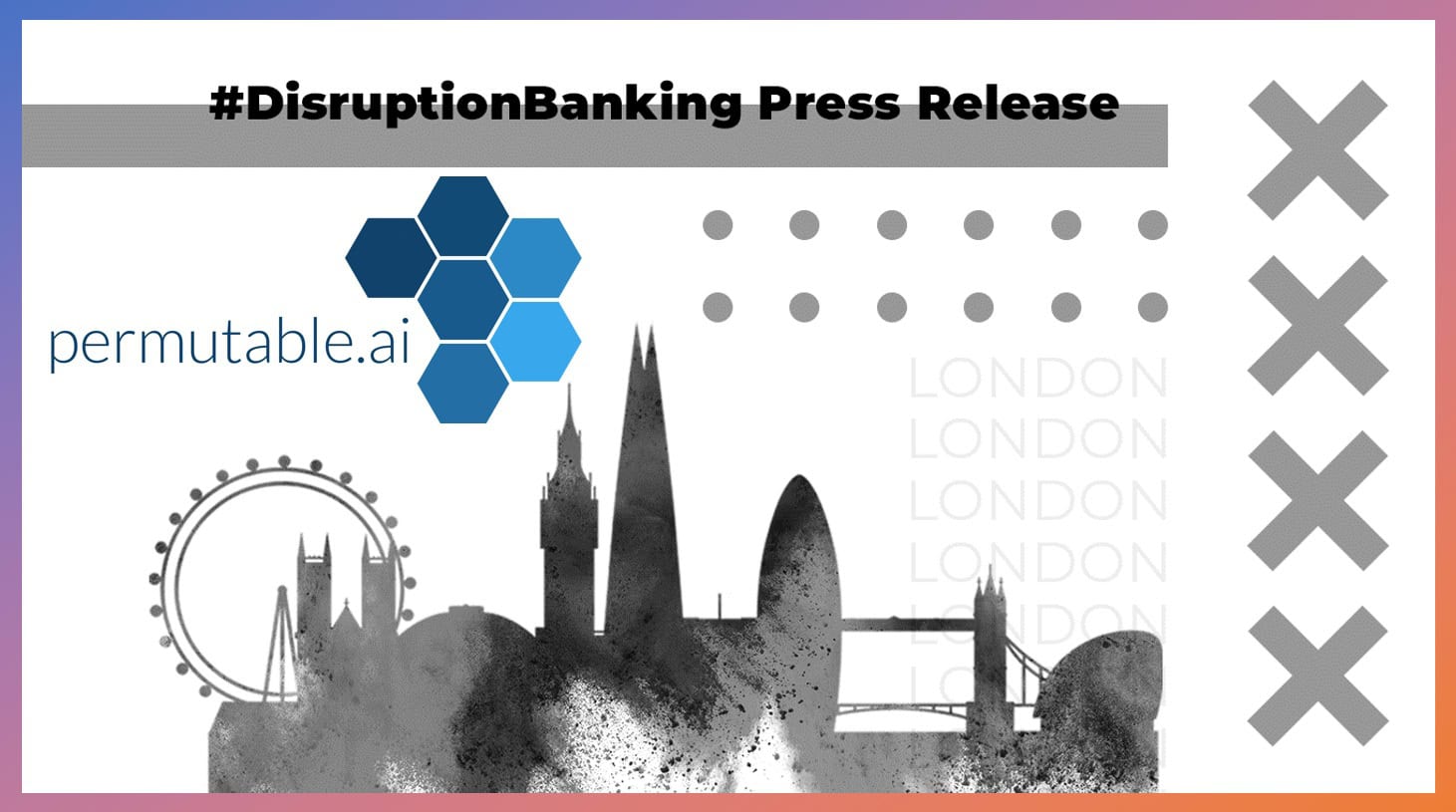
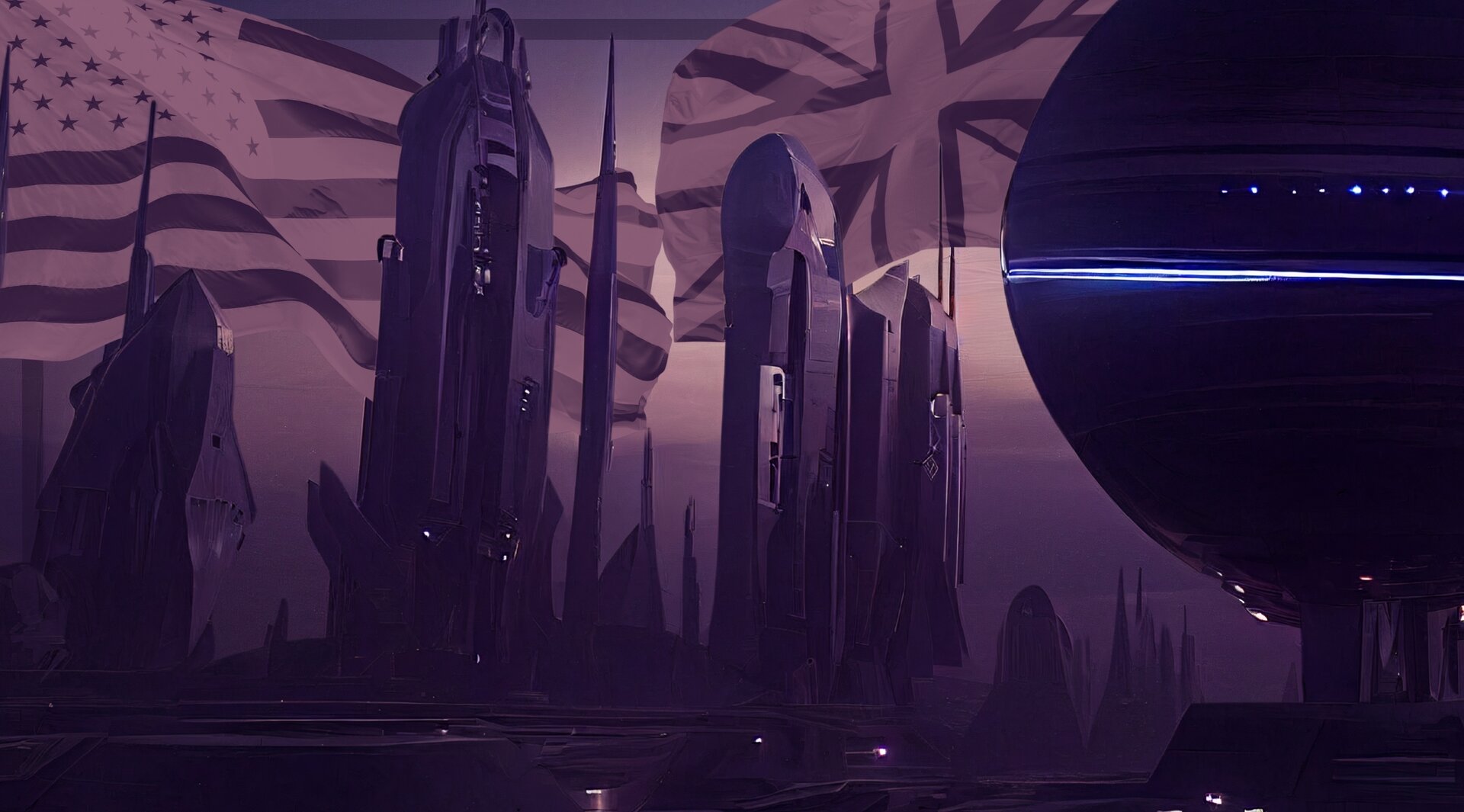
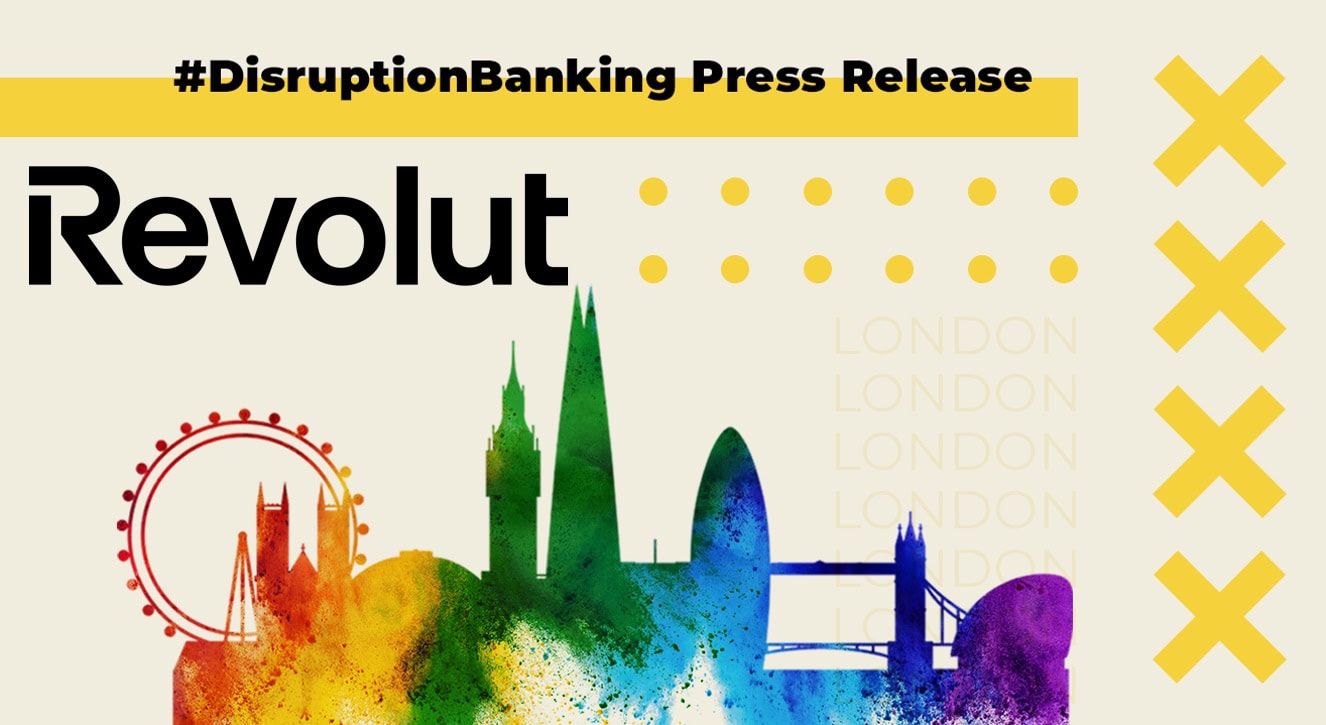

One Response